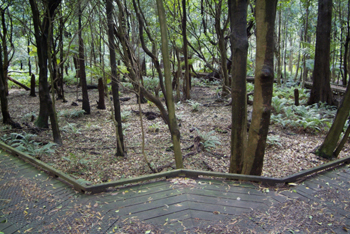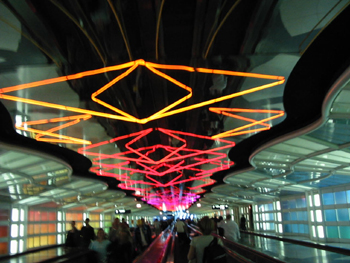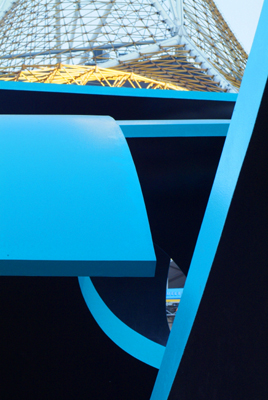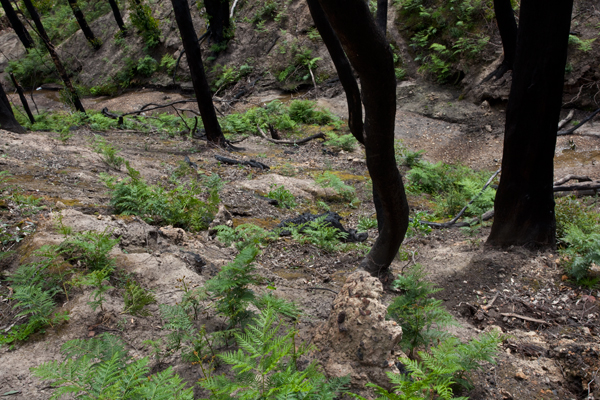 |
Sequence viewing > Aesthetics Index - Resource - ©
Lloyd Godman
Visual abstractions
While
the various aesthetic theories have their pros and cons, and we can turn
it into a never ending science, it is valuable to know that people tend
to read images in predictable ways, and understanding some simple principles
allows us the knowledge to construct our images in a visually compelling
way that gives them impact.

|
To understand
visual principles we need to think in a less literal way and look
at the subject from a more abstract perspective.
So while
the subject of this image is a wave - the first thing we see in
the resulting image is the profile of a face. The subject is a breaking wave - while the face is an abstraction created by the profile of the lip of the wave against the sky, areas of light and dark, and the texture around the areas we read as the mouth, nose, eyes. |

mouse over |
The
human brain makes sense of the visual chaos which is the world around
us by distinguishing one object from another. Our survival depends upon
it. We are able to read across intricate colour and tonal values, distinguish
spatial relationships to make sense of the visual abstraction that is
our vision. As we grow from a new born baby, we learn to interpret this
information and distinguish one object from another and what their significance
is to us. |
 |
For
instance; imagine a path where there is an intricate and abstract
play of high light and shadow from a canopy of trees, perhaps the
wind is blowing and the mottled pattern is also in motion. You are
speeding along on a bike, but to navigate the path safely, amongst
this visual chaos, we need to understand more than the visual abstraction
projected through our eyes - it is essential we understand what
is a another bike or a pedestrian etc. our brain needs to clearly
warn us what these objects are - separate them from the shadows
and give them importance. |
 |
The
moving floor at Chicago airport has a fantastic animated light display
overhead and alongside it are announcement not to look at the light
display because it can disorientate. |
 |
While light and shadow can provide abstraction, often by framing the subject tightly we can produce a sense of intrigue through abstraction. |
 |
Photographing subjects like a garden, bush etc and be difficult in bright sunlight - the patterns of light and shadow can contradict the intended subject creating an abstraction and the photographer needs to consider the play of light and shadow as the subject.
For many of the images like the one on the left, that I took for the Entropy project, I deliberately played with the burnt black tree trunks and the play of black shadows on the earth. The bold shadows become a key aspect of the image and I had to "see" these within the landscape and frame the image accordingly. |
 |
However, in this image from the same series the light is flat and there are no shadows that play across the land.
Many landscape photographers who photograph scenes like this chose to work with flat light and avoid the abstraction that the shadows create. |
|